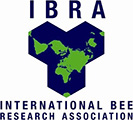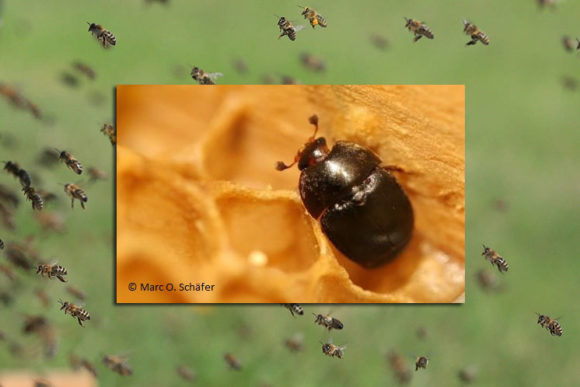Looking for the causes of and solutions to the issue of honey bee colony losses
Colony losses, including those induced by the colony collapse disorder, are an urgent problem of contemporary apiculture which has been capturing the attention of both apiculturists and the research community. CCD is characterized by the absence of adult dead bees in the hive in which few workers and a queen remain, the ratio between the…








